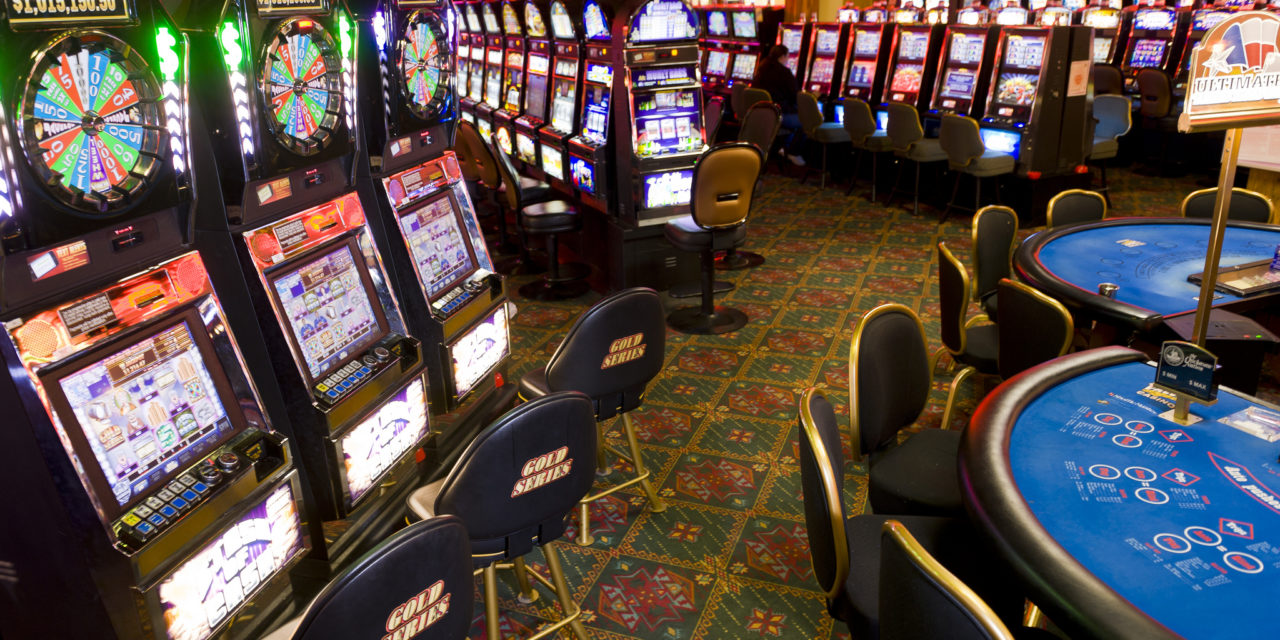Slot Hoki games have come a long way since their inception, evolving from humble mechanical machines to sophisticated digital marvels that dominate both land-based and online casinos. The journey of these Slot hoki games mirrors the technological advancements and changing preferences of players over the years.
In the late 19th century, the first Slot hokimachine was invented by Charles Fey, featuring three mechanical reels and a handful of symbols. These early machines, such as the Liberty Bell, were simple yet revolutionary, offering players the thrill of gambling with the pull of a lever. Over the decades, mechanical slot machines remained popular fixtures in casinos, bars, and arcades around the world.

The next significant leap in the evolution of slot games came with the introduction of electromechanical machines in the 1960s. These machines incorporated electric components, allowing for more complex features such as multiple paylines and bonus rounds. The transition from purely mechanical to electromechanical slots marked the beginning of a new era in slot gaming, laying the groundwork for further innovations to come.
The advent of the internet in the late 20th century paved the way for the digital revolution in slot gaming. Online casinos emerged, offering players the convenience of playing their favorite slots from the comfort of their homes. Initially, online slots closely resembled their land-based counterparts, but developers soon began to explore the possibilities offered by digital technology.
The 21st century saw the rise of video slots, which replaced physical reels with virtual ones displayed on a screen. This shift allowed for unprecedented creativity in game design, with developers incorporating captivating graphics, animations, and sound effects to enhance the gaming experience. Moreover, the introduction of random number generators (RNGs) ensured fair gameplay, instilling confidence in players regarding the integrity of online slots.

